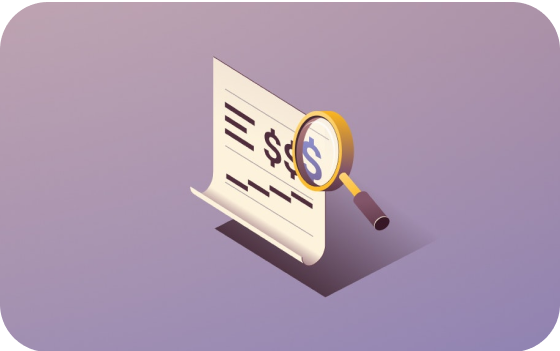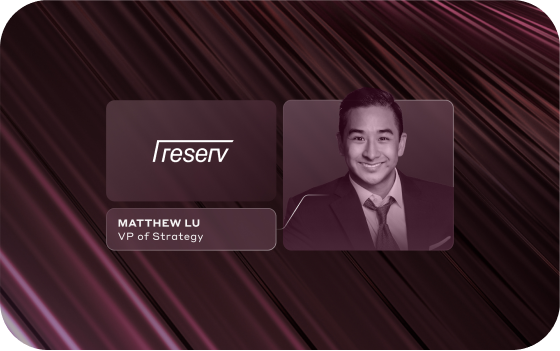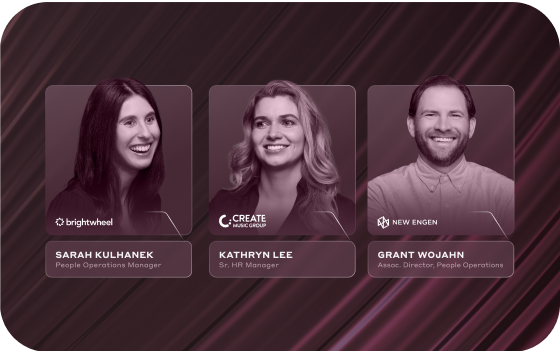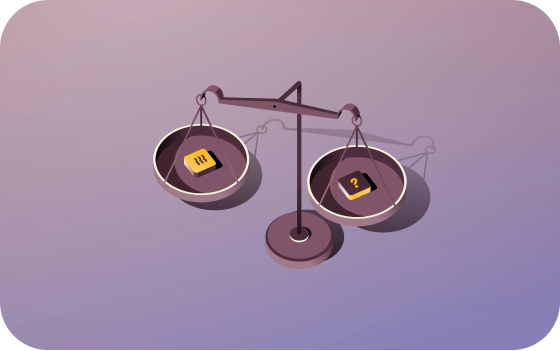A Human Resources Information System (HRIS) is a digital platform that stores and manages employee data for HR purposes. It can help streamline HR operations and empower organizations to efficiently handle their workforce information.
What is an HRIS?
An HRIS helps a company manage and organize the people that make up its workforce. HR departments can use the software to speed up tasks related to recruitment, onboarding, payroll, time tracking and attendance, employee benefits administration, and more.
An HRIS is essentially a centralized hub for all data management related to a company’s employees (and depending on the system, contractors too), including role details like department and manager, compensation information, employee contact information, and much more. The solution helps companies—whether a local new startup or an expansive global team—keep up-to-date records, monitor compliance, and offload administrative paper-pushing in favor of more strategic projects.
Features of HRIS software
A comprehensive HRIS is the engine that allows a company to operate day-to-day. As the trove of employee data, the software powers the HR functions needed to run a workforce. Let’s dive into some of the key functions of solid HRIS systems.
Onboarding
Getting a new hire ready for their role can be a hefty administrative burden. An HRIS can automate time-consuming employee onboarding processes that could take days, even weeks, to address manually, including:
- Generating and sending compliant offer letters and handbooks
- Running background checks
- Adding new employees to payroll
- Benefits enrollment
- Assigning trainings (like sexual harassment awareness and workplace health and safety)
- Setting up new devices, along with account provisioning for all the software in a company’s tech stack
A standout HRIS solution can onboard new hires in as little as 90 seconds—even if they live outside a company’s country of origin—which can be a huge boon for the employee experience.
Organizational chart
Newly onboarded talent will have questions and will want to know how to access different colleagues for different queries. An HRIS helps companies organize the structure of their workforce, as it allows them to keep track of employee roles, day-to-day responsibilities, and supervisors. The result is an easy-to-visualize org chart that clarifies hierarchies and shows how individual roles contribute to the overarching company vision.
Document management
Whether for brand new or veteran employees, companies need a way to securely store and manage documents like signed offer letters, tax forms, and work authorizations. Not only can a good HRIS house these documents, but it can also automatically generate compliant forms tailored to the needs of each hire, gather e-signatures, and even trigger notifications of deadlines for filing paperwork. Every document for every global employee and contractor is easily accessible for review at any time.
Employee changes and transitions
When an employee stays with a company for a while, their responsibilities will likely change as they progress through their career. But any employee life cycle event—like a promotion, raise, or title change—can unearth cumbersome paperwork. An HRIS can help companies address these changes by generating forms, updating org charts, and assigning training courses to new managers with just a few clicks.
Offboarding
When managing a workforce, offboarding may be the last thing on your mind. But it’s important to keep careful track of every employee heading out the door to stay compliant with local labor laws and remove exiting workers from employee systems.
While tricky to stay on top of all the offboarding protocols manually, an HRIS can help companies and employees end their working relationship with minimal friction. Offboarding features can include:
- Generating and distributing separation agreements
- Cutting last paychecks
- Removing an employee from benefits
- Collecting company devices
- Disabling app provisions
Benefits of HRIS software
Now that you know an HRIS software system’s core features, here’s an overview of why it can be such a helpful support system for a company's HR strategy.
Save time by automating manual tasks and approval processes
Administrative HR tasks can drain hours of time a week when done manually. Not all HRIS vendors are the same. A good HRIS can turn some of the most painful processes—like running payroll for a global team, calculating and withholding taxes, and sending onboarding emails—into automated and painless experiences that only take a few clicks. You can also automate trickier multi-step approval processes by building custom workflows, like ensuring HR executives get notified when employees aren’t offered compensation packages that are competitive enough.
With a modern HRIS, processes that can otherwise take weeks can happen nearly instantaneously, allowing HR teams to offload busy work in favor of talent management and other more strategic projects.
Catch compliance mistakes quickly
It’s crucial to adhere to labor and tax laws—such as wage requirements and statutory benefits administration—in any jurisdiction your employees live. Of course, that gets trickier with a global team, where you have to navigate conflicting regulations across different countries.
Without an HRIS, monitoring compliance requires a watchful eye, and even local HR professionals and tax experts in every region you hire. However, the best HRIS platforms automatically flag local, state, and federal compliance violations—and then recommend a plan of action for each one.
Make data-driven decisions by running comprehensive reports
In addition to its workflow automations, an effective HRIS draws from employee data to allow companies to run customized reports that help inform core HR processes, workforce planning, and other decision-making for the business. For instance, you could generate a breakdown of global salaries by international location, determine the average cost per new hire, and track monthly spend across departments.
A company can also report on retention and headcount metrics to determine whether to hire new people. It also helps if the HRIS has data visualization tools that help stakeholders easily make sense of the HR data without writing any code.
Scale your business by easily managing employees and contractors—all over the world
Not every HRIS is created equal: a modern HRIS should ensure you can manage your entire workforce from one place. That means managing part-time and full-time employees alongside independent contractors, who have a different working relationship and require different paperwork but deserve to get paid as quickly as possible. It also means not restricting HR processes to a specific location if you’re keen on scaling your business into new markets and hiring a global team.
Rippling and its affiliates do not provide tax, accounting, or legal advice. This material has been prepared for informational purposes only, and is not intended to provide, and should not be relied on for, tax, legal, or accounting advice. You should consult your own tax, legal, and accounting advisors before engaging in any related activities or transactions.












































































